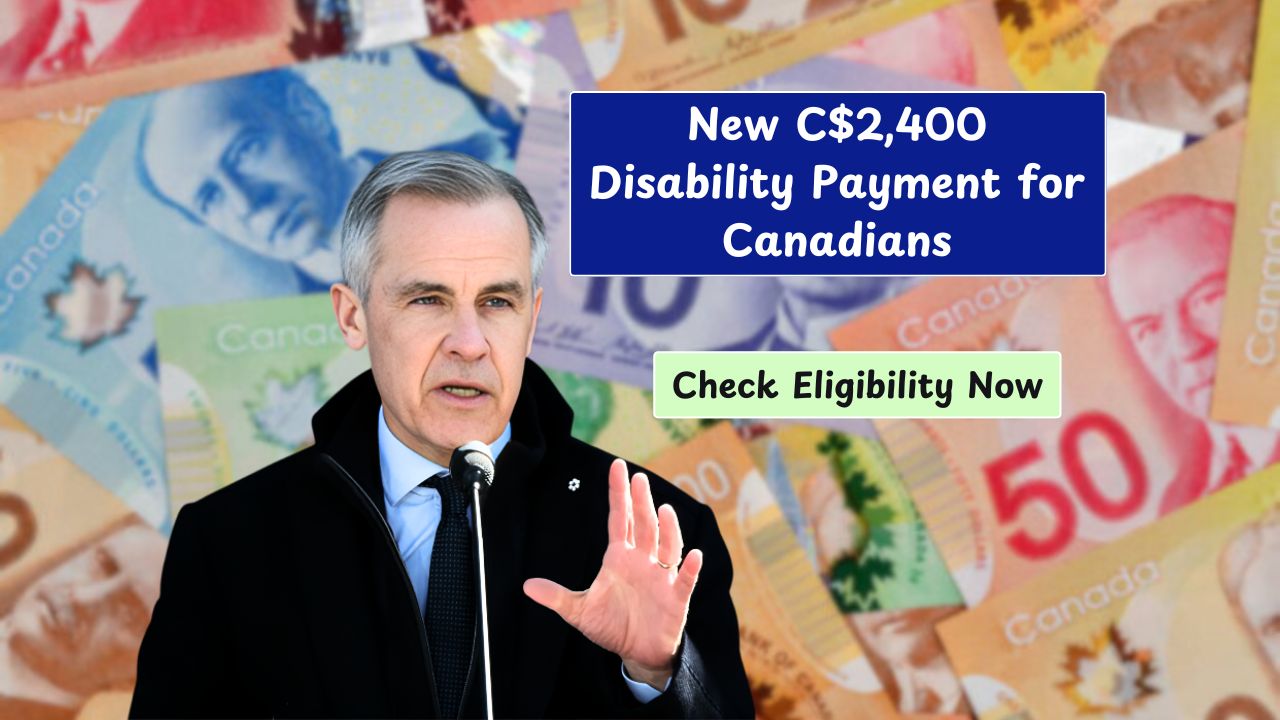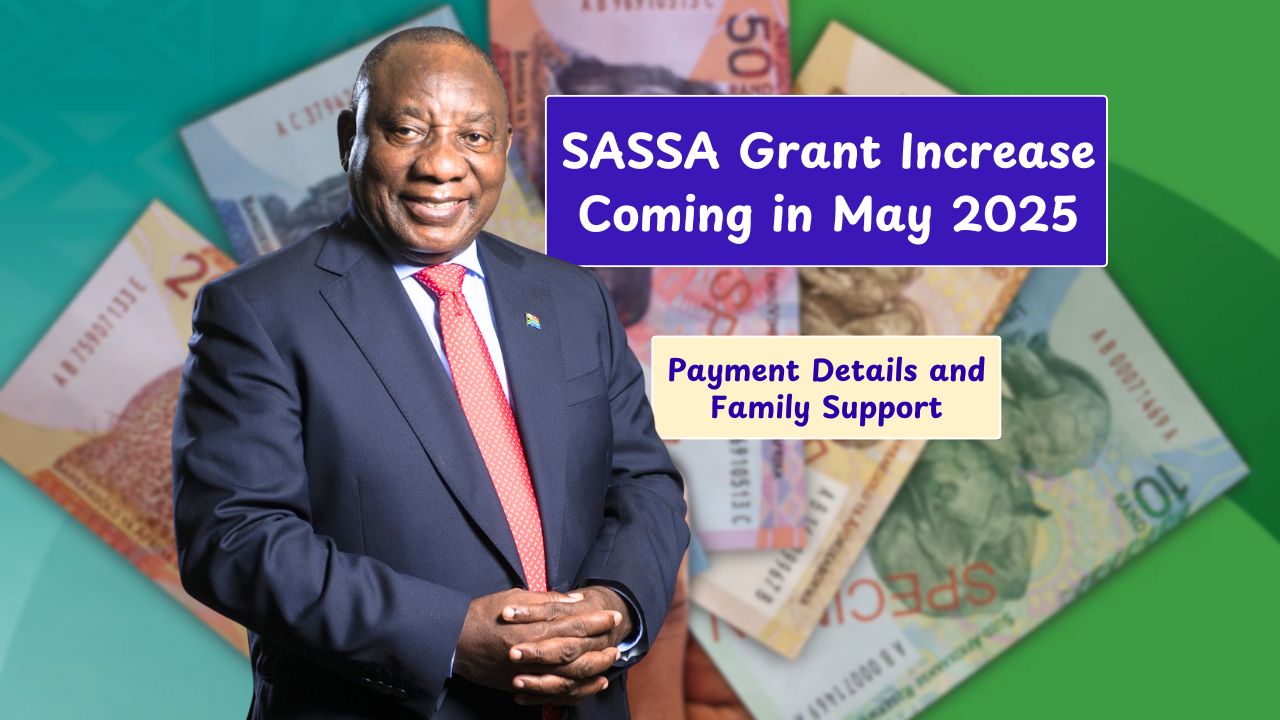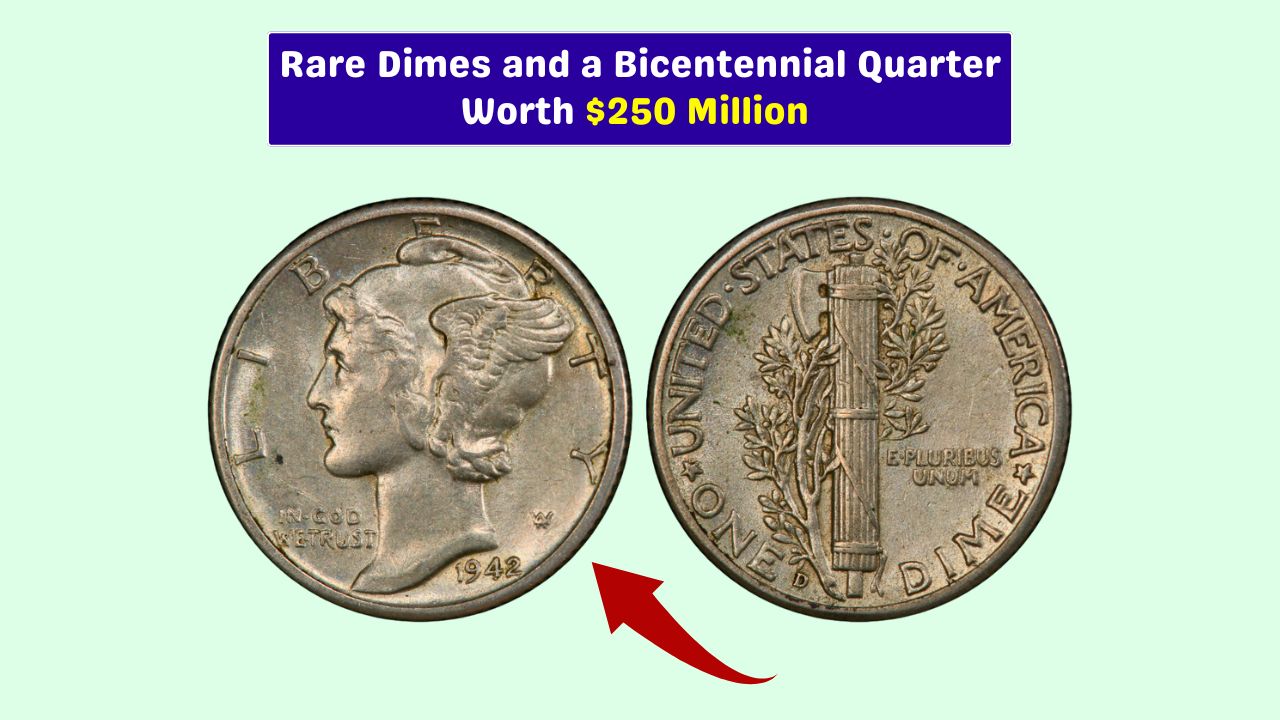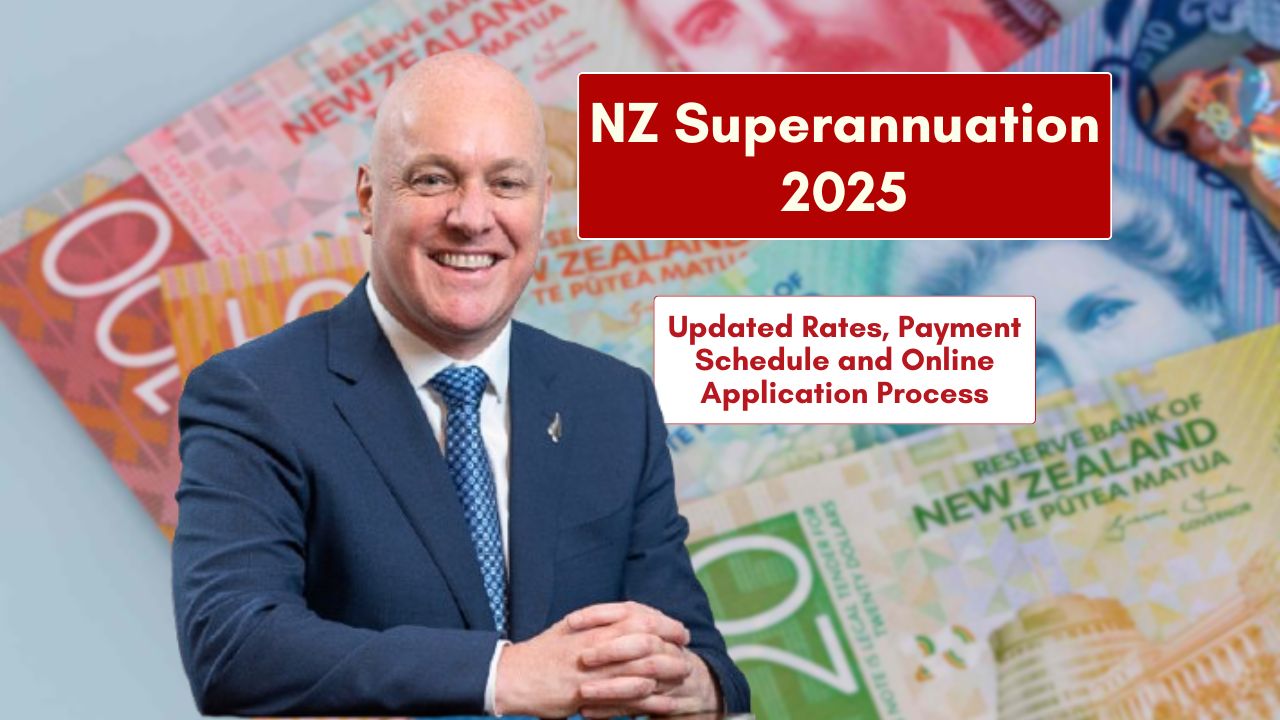Canada is taking a major step toward a more inclusive society with the introduction of the Canada Disability Benefit (CDB). Announced in the 2024 federal budget, this new initiative is set to provide up to $2,400 annually to eligible Canadians with disabilities.
It’s a big move, impacting over 600,000 people across the country, and it’s designed to ease financial stress and build a better safety net for some of the most vulnerable citizens. So, who qualifies and how does it all work? Let’s look in.
Table of Content
Overview
The Canada Disability Benefit is a new annual financial support program targeting working-age Canadians with disabilities. It’s the result of years of advocacy, legislative work, and policy planning.
With payments set to begin in July 2025, this benefit is being positioned as a supplement—not a replacement—for existing provincial and territorial disability support programs.
Amount
If you’re eligible, you could receive up to $2,400 each year. That breaks down to about $200 per month, which could go a long way in helping cover basic needs like food, housing, or healthcare expenses.
The goal is to bridge the income gap and reduce poverty among Canadians living with disabilities.
Timeline
Mark your calendar—payments are expected to start flowing in July 2025. But that’s only if everything goes according to plan.
The government is currently finalizing regulations and consulting with people with disabilities and key stakeholders to ensure the system is fair, accessible, and easy to navigate.
Eligibility
To qualify, you must:
- Be aged 18 to 64
- Hold a valid Disability Tax Credit (DTC) certificate
That’s the baseline requirement. If you don’t already have a DTC certificate, you’ll need to apply—and that’s where recent budget measures kick in to help make the process smoother.
Application
Applying for the Canada Disability Benefit hinges on having the DTC. Recognizing the paperwork and medical verification involved, the federal government has committed $243 million over six years (starting in 2024) and $41 million annually after that to cover medical form costs and improve accessibility.
So, if you’ve held off applying for the DTC because of cost or complexity, now might be the time to get started.
Broader Support
This isn’t the only investment the federal government is making. The 2024 budget laid out a massive plan to strengthen Canada’s social safety net. Some of the key items include:
| Area | Investment |
|---|---|
| Public Health Care | $200 billion over 10 years |
| Dental Care | Canadian Dental Care Plan |
| Supplementary Disability | $6.1 billion over 6 years + $1.4B annually |
All of these work in tandem to improve health, reduce inequality, and build a more equitable society.
Implementation Challenges
While the Canada Disability Benefit is a positive step, it’s not without hurdles. Some major concerns include:
- Clawbacks: Advocates fear provinces might reduce existing benefits once the federal payments roll in, undermining the intent of the program.
- Income Thresholds: The structure may unintentionally penalize people based on household income, especially affecting women in relationships.
- Slow Rollout: Although passed into law, the delay from initial promises in 2020 to full implementation in 2025 has frustrated disability advocates.
Public Support
The CDB has wide political backing. It passed with bipartisan support, and even 47 Liberal MPs pushed for it to be a centerpiece of the 2024 budget. It’s being hailed as a “legacy policy” that could transform life for hundreds of thousands of Canadians.
Still, much will depend on how provinces respond and whether they treat the benefit as additional income—or just a reason to cut their own contributions.
Canada’s Disability Benefit is more than just another payment. It represents a shift toward recognizing and addressing the economic challenges faced by people with disabilities.
While implementation will take time and face some bumps, the promise of $2,400 a year could mean the difference between barely scraping by and living with dignity.
If you’re eligible or think you might be, take the first step by applying for the Disability Tax Credit.
FAQs
Who qualifies for the CDB?
Adults aged 18-64 with a valid Disability Tax Credit certificate.
When do payments start?
Payments begin in July 2025, pending regulatory processes.
How much will I receive?
Eligible recipients may get up to $2,400 annually.
Do I need to apply separately?
Yes, you must have a Disability Tax Credit certificate to qualify.
Will this affect other benefits?
Possibly. Provincial clawbacks are a key concern for advocates.









